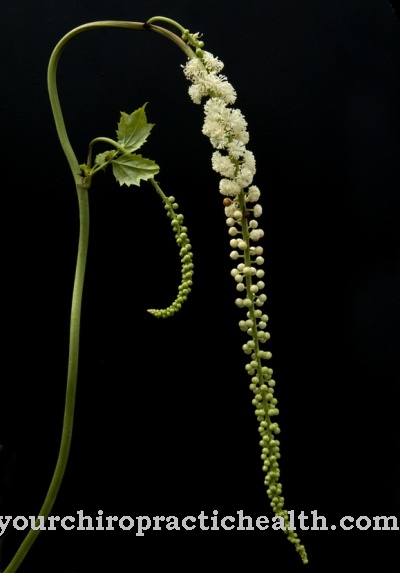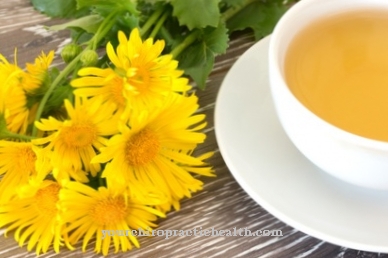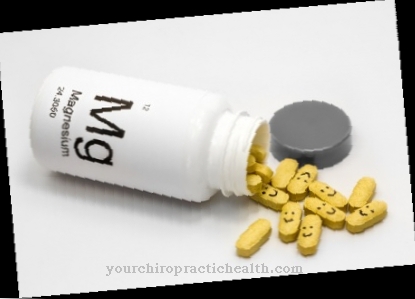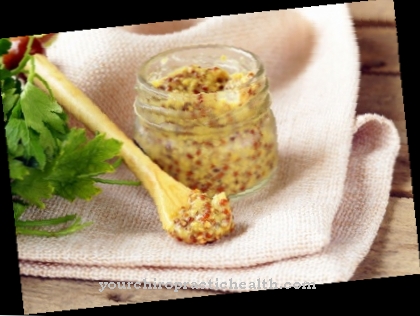On fever sooner or later all people on this planet get sick. The following guide shows what can be done about it and what tools can be found in your own four walls.
What helps against a fever?

Fever is not an illness in itself, but a defense reaction of the body against infections. Medication help should therefore only be considered if the body temperature exceeds a certain limit (around 39 ° Celsius). Medicines and antibiotics definitely help, but they are only advisable in severe cases.
Basically, it makes sense to keep bed rest. Furthermore, you should make sure to drink a lot. Due to the increased temperature, all people tend to sweat profusely due to a fever. The high fluid loss makes it difficult for the body to take action against the infection. Mineral water, juices or tea are particularly suitable for this.
Adults should drink at least two liters of fluids per day, but more is also recommended. Tea also has the advantage of being anti-inflammatory in certain varieties. If there is inflammation of any kind in the body - which of course cannot be said with certainty - many teas help to inhibit it.
In terms of nutrition, by the way, it is not wrong to simply eat little in general. During this time, the body does not lack nutrients, but rather fluid. Food is therefore particularly recommended in the form of light meals or fruits, which also fill you up and at the same time ensure that the body is supplied with various vitamins.
Of course, all of these tips also apply to children, albeit in smaller doses. So you don't have to drink as much, eat less and, for example, drink raspberry tea instead of bitter linden tea.
Quick help
If you have an acute fever, you can try to control the temperature with some home remedies. These include cold washcloths on the forehead, which are particularly effective against the frequent headaches. Calf wraps, which also consist of wet towels that are wrapped around the calves, achieve the same effect. Care should be taken here to ensure that the blood circulation is free from disturbances in order to allow the cooling effect to penetrate the entire body.
These leg compresses are removed as soon as the cooling effect wears off or the towels are simply dry. From a certain temperature - 38 ° Celsius is the limit - the wraps can be removed again, as they then have no further effect on the fever. Alternatively, a warm bath can be taken, which is approximately at body temperature. Then cold water is added to slowly lower the body temperature. After that, as always, bed rest is the top priority to let the fever subside quickly.
You can find your medication here
➔ Medicines for fever and chillsAlternative remedies
Chicken broth, for example, is said to have a beneficial effect, as its ingredients also have anti-inflammatory effects and therefore support the body in the fight against infections.
Eating a light diet can also speed up the recovery process, as it means that the gastrointestinal tract does not have to do additional work. The meals can then include rice, quark or certain types of fruit. Meat or pasta, for example, should be avoided. Soups of any kind, however, are the right choice.
The flora also offers various remedies that can be tried out if necessary. These include elderflower, which can be used for teas. The Chinese rabbit ear is also widely regarded as a plant that can achieve a certain degree of effectiveness against fever. It is also used as a tea and unfortunately has a very bitter taste. However, it has a cooling effect on the entire organism.
Finally, so-called vinegar stockings can be tried: To do this, water is mixed with a little apple cider vinegar. Cotton stockings are then soaked up with this mixture, which are then put on. While this doesn't feel particularly nice, of course, an antipyretic effect should appear after about an hour in adults. However, bed rest is an absolute must during this time.












.jpg)



.jpg)










.jpg)
